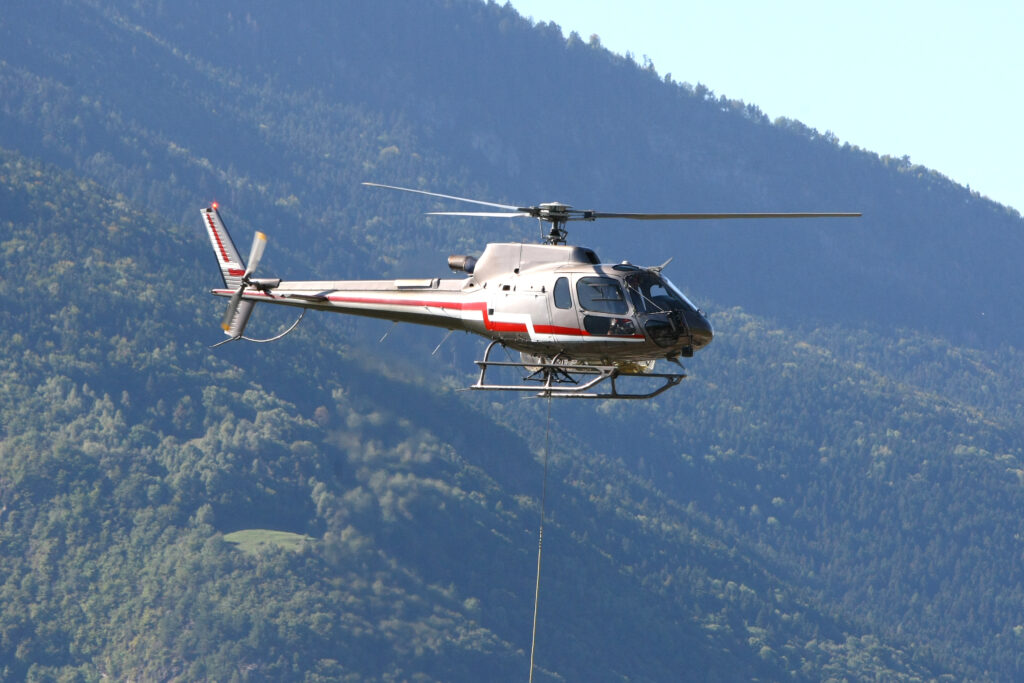Determine the Collision Severity of sUAS in Flight Critical Zones of Manned Helicopter (A67_A11L.UAS.115)
The Federal Aviation Administration’s (FAA) Center of Excellence for Unmanned Aircraft Systems, the Alliance for System Safety of UAS through Research Excellence (ASSURE), has conducted cutting-edge Unmanned Aircraft Systems (UAS) research on behalf of the FAA for a number of years. Specific to this statement of work is research conducted by Wichita State University (WSU), one of the 30 leading research institutions within ASSURE. Due to WSU’s National Institute for Aviation Research (NIAR) capabilities in virtual testing, NIAR has been the lead institution conducting all the FAA’s sUAS airborne collision research projects. This research is vital to supporting an initiative within the FAA’s Air Traffic Organization (ATO) to update their Safety Management System (SMS) Hazard Table for sUAS, which provides data on the severity and likelihood of airborne collisions when the FAA conducts related safety assessments.
As a continuation of the current severity and likelihood research being conducted under the purview of the Analytics & New Entrants Brach of the Air Traffic Safety & Technical Training Division (AJI-333), this research will help complete a portfolio of collision severity research focused on the severity dynamics of different 10, 25, and 55 pounds multi-rotor and fixed-wing UASs impacting the flight critical areas of a manned helicopter. The impact severity dynamics were evaluated during key phases of flight, such as hover, forward flight, and cruise. This research included high-fidelity modeling of the impact dynamics supported by Building Block Testing as required to aid in the FAA’s understanding and development of risk models of specific Concept of Operations (CONOPS). Additionally, the research performed in this effort is expected to aid the ATO in planning for future operations such as Advanced Air Mobility (AAM) and Urban Air Mobility (UAM).
This work extends to larger sUAS (up to 55 lbs) than current Task A16 efforts regarding helicopter to sUAS impact severity collision analysis. The A16 effort focused mostly on Part 29 helicopters components due to budget constraints and industry input limited to Part 29 vehicles. This research focused on medium-size Part 27 helicopters, which covers the larger majority of helicopters operating in the National Airspace System (NAS). At present, 94% of the total number of helicopters in the NAS fall under 14 CFR Part 27 (ARAC Rotorcraft Bird Strike Working Group Rev. B, May 8, 2019).
TEAM: NIAR
FINAL REPORT | 
POC:
Gerardo Olivares, Ph.D.
Director, Advanced Virtual Engineering and Testing Laboratories
National Institute for Aviation Research
Wichita State University
Email: Gerardo.Olivares@wichita.edu
Phone: 316.680.1817


